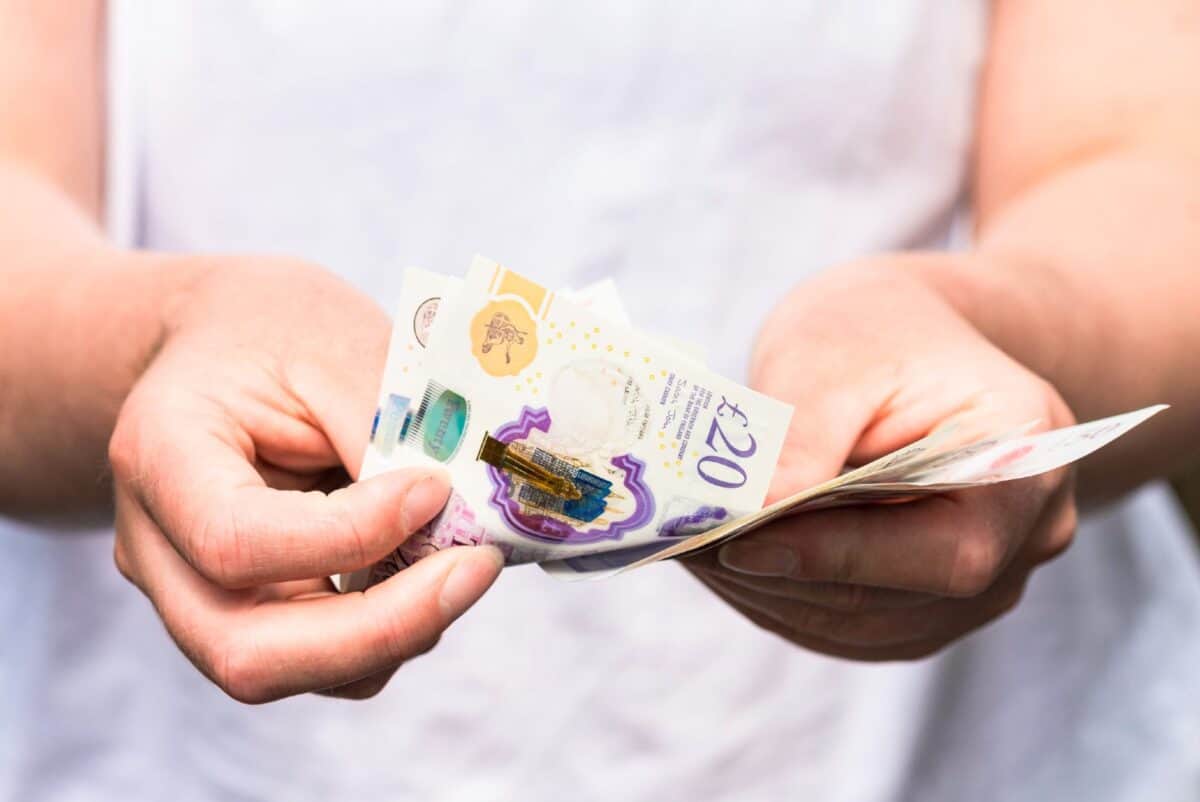My go-to option when it comes to generating passive income from savings has long been the stock market. Frankly, I can’t think of anything more fuss-free than being paid simply for owning stakes in companies that have already proven themselves to be strong, stable and profitable businesses.
Let’s use an example of how this might work with a lump sum of £20,000.
It’s all about the dividends
Passive income from shares comes in the form of dividends. These are paid out every three or six months by a business from the money it makes.
Not all firms pay dividends. This can often be because management needs all the cash it can get to grow sales. Even if dividends are paid, this policy can always be cut or cancelled completely if things go wrong.
This is why I think it’s important to really understand what the company does and where it’s going before looking at the potential income stream.
Is the trading outlook positive or is its industry in decline? Does it really have a competitive advantage over rivals?
Here’s a favourite
One stock I already hold for passive income is comparison website operator MONY (LSE: MONY). As the owner of Moneysupermarket.com, it makes a cut when consumers sign up for insurance, utility, and credit card deals via its platform.
This uncomplicated business model has allowed this FTSE 250 member to grow dividends at a fair clip since arriving on the stock market in 2007.
It’s not all been plain sailing though. During the pandemic, MONY kept payouts steady rather than increasing them. However, it didn’t cancel dividends like so many others.
If it can come through a global pandemic unscathed and still reward loyal shareholders at the same time, I’m cautiously optimistic it can withstand most economic challenges going forward.
Chunky yield
MONY currently has a dividend yield of 5.7%. That’s fairly high among UK stocks. However, it’s not so high that I’m seriously questioning whether it will be paid.
As a rough rule of thumb, if a dividend yield looks too good to be true, it probably is. Anything over, say, 6% and I’d definitely be doubling-down on my research. Are profits crashing for some reason? If so, that big ol’ yield may be reduced before long.
But nor would I rely on MONY for all my passive income needs. It’s just one of a number of stocks that I hold as part of a diversified portfolio.
This safety-in-numbers approach should reduce some of the pain I’d feel if one or two of my holdings were forced to disappoint shareholders.
Patience required
So, what else do I need to do? Not much, aside from reinvesting the dividends I receive. This allows compounding to work its magic.
If I put my initial £20,000 to work at an average yield of 5.7%, that portfolio would be throwing off well over £500 in monthly passive income after 30 years. I might get an even better result if I added more savings over that period.
Patience is a must. But us Fools think this is a vital part of any successful investing strategy.
If I had that lovely savings pot today, I’d get started as soon as possible.








